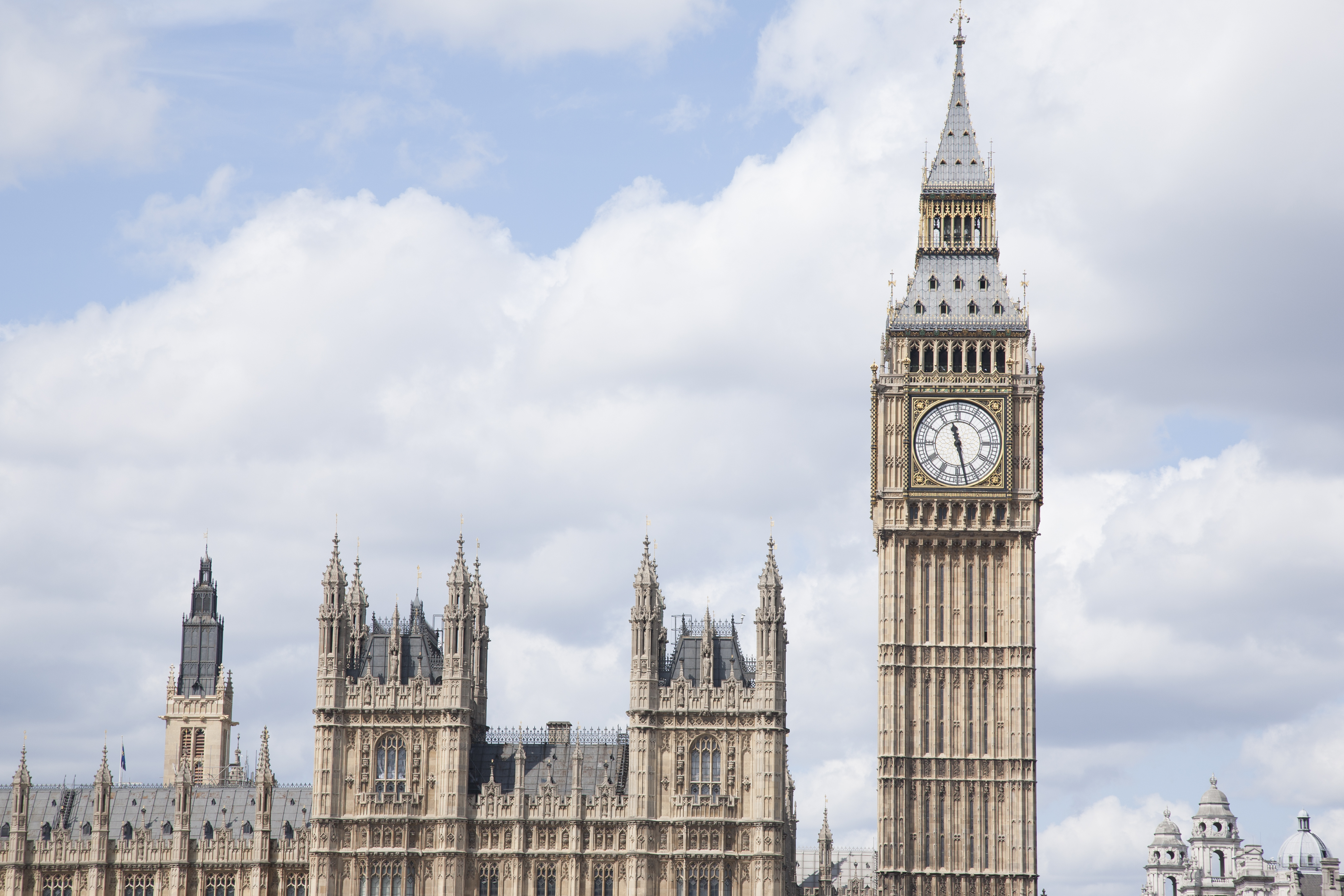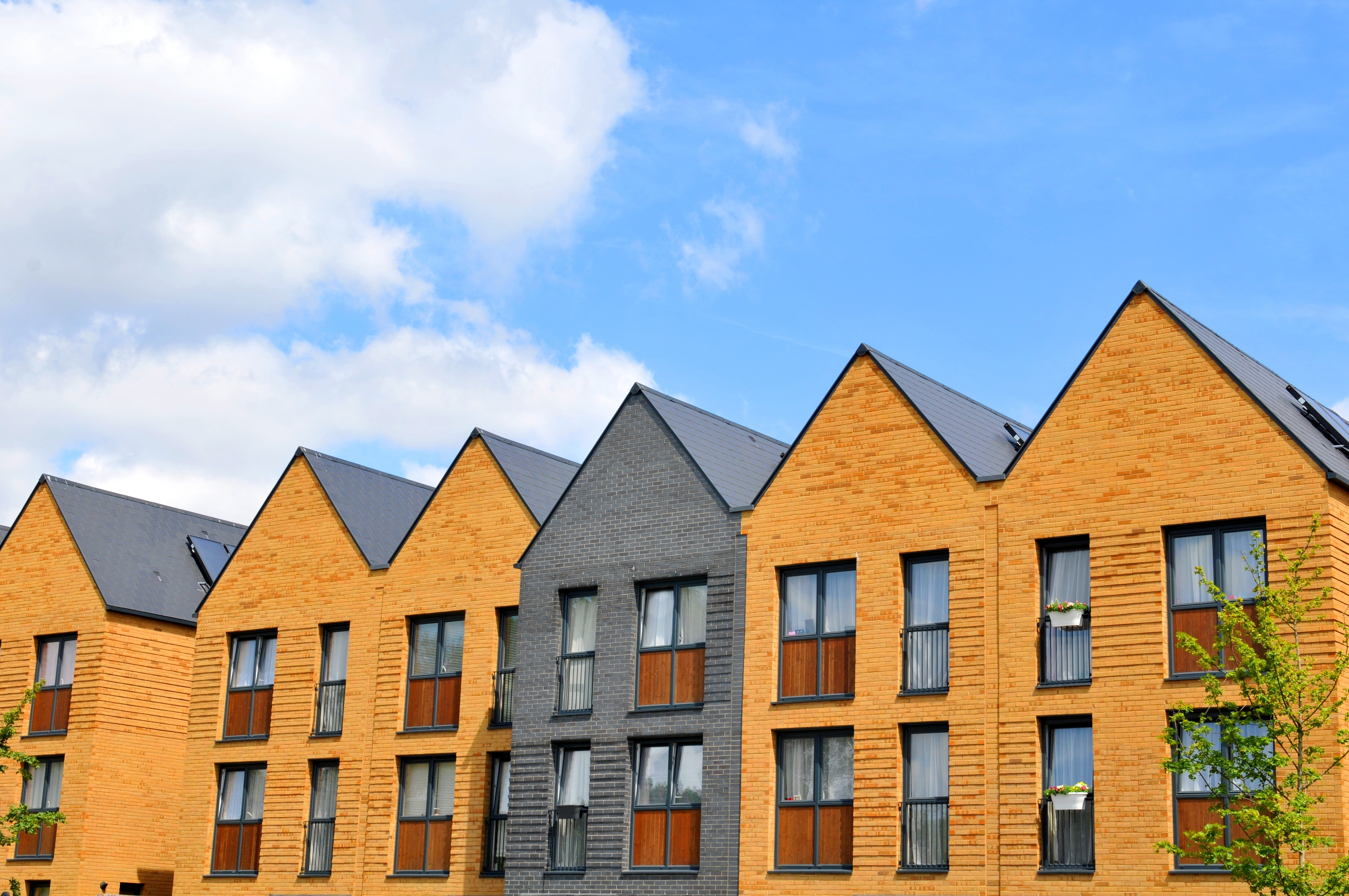17/02/2025
The Building Safety Act 2022 (‘the Act’) received Royal Ascent on 28 April 2022 and included a new definition of a ‘higher-risk building’ in England. A building that is a higher-risk building must follow a different process for obtaining building control approval and once occupied, must be registered and subject to specific ongoing management requirements.
A higher-risk building is one that:
a) Is at least 18 metres in height or at least 7 storeys; and
b) Contains at least 2 residential units (and for design and construction, is a hospital or care home).
The height of at least 18 metres was adopted as this is the height at which it is considered necessary to adopt additional standards for fire protection in buildings.
Currently, under Part 4 of the Act the accountable person (essentially a person who owns, or has a repairing obligation, of the common parts of a higher-risk building) is under a duty to:-
· register the higher-risk building with the regulator;
· regularly assess building safety risks (i.e. risks of fire spread or structural failure);
· take all reasonable steps to prevent building safety risks from happening and reduce the severity of any incidents if they do happen; and
· prepare/revise a ‘safety case report’ that can be requested by the regulator.
Under Part 3 of the Act, during design and construction (of new buildings or to existing buildings), higher-risk buildings must follow a different (more expensive and time consuming) process for obtaining building control sign off. It isn’t yet clear if the recommendation would apply to Part 3 and so whether the future use / future residents need to be considered.
One of the objectives of the Act was to “learn the lessons from the Grenfell Tower fire” and subsequent Independent Review by Dame Judith Hackitt in May 2018 which found that the system for ensuring fire and structural safety for high-rise residential buildings was not fit for purpose.
The Grenfell Tower Inquiry Phase 2 Report raises concern over the current definition of higher-risk building and includes a recommendation to urgently review the definition as it is not satisfactory and is “essentially arbitrary in nature.” The Report’s authors consider the building’s use and the likely presence of vulnerable people, for whom evacuation in the event of an emergency would be likely to present difficulty, is more relevant to the definition. This could lead to a situation where a building that was not ‘higher-risk’ and was below 18m / 7 storeys could became a higher-risk building because of the vulnerability of one or more residents.
If the definition of ‘higher-risk’ buildings is widened to include the likely presence of vulnerable people, it will be important that information on residents personal circumstances is obtained, maintained, and kept up to date. This of course may be difficult in practice, especially where a residents’ person circumstances change or where they are unwilling to share information.
The report does not expand on what “use” should make a building a higher-risk one.
Currently, under the Regulatory Reform (Fire Safety) Order 2005 (the FSO), the ‘responsible person’ (RP) is responsible for keeping people safe on the premises. This includes undertaking risk assessments and already includes a requirement to identify “any group of persons… particularly at risk” i.e. vulnerable people. Under the FSO, the RP must identify any accountable persons and co-operate with them for the purposes of the AP carrying out their duties under the Act.
The Phase 2 report makes further recommendations around the use that the RP should put this information about vulnerable residents to. Although the RP at Grenfell Tower (the Tenant Management Organisation) did take steps to gather information about vulnerable occupants, the data was not always used to revise its records. This meant that the information about the residents on the night of the fire, including whether additional assistance was required to assist their escape, was incomplete. This was a “basic neglect of [the TMO’s] obligations in relation to fire safety”.
The Phase 2 report recommends giving further consideration to recommendations in the Phase 1 Report around vulnerable people, in particular that the owner and manager of every high-rise residential building be required by law to prepare personal emergency evacuation plans (PEEPs) for all vulnerable residents and keep up to date information in a premises information box.
Following publication of the Phase 1 report, the Government undertook a consultation on Residential PEEPs in June/July 2021, seeking views on the proposals to require the Responsible Person under the Regulatory Reform (Fire Safety) Order 2005 (the FSO) to prepare a PEEP for every resident in a high-rise residential building who self-identifies to them as being unable to evacuate. Although respondents were generally supportive of the proposal, concerns with implementation included:
· Safety concerns over implementing PEEPs in buildings not necessarily designed for simultaneous evacuation, including that use of evacuation aids may hinder firefighting strategy or slow the evacuation of other residents;
· Practical concerns over staff availability to assist with evacuations and uncertainty of relying on neighbours in the absence of staff;
· Cost of purchasing kit, building modifications and additional staff in buildings could be disproportionate and the costs were likely to be passed on to residents/leaseholders.
The conclusion from the consultation, published in May 2022, was that the evidence base for PEEPs was not sufficient to mandate their implementation in high-rise residential buildings, and that it could have a detrimental impact on those with certain protected characteristics, both in terms of safety and the impact on relations between disabled and non-disabled residents. The Government undertook a further consultation between May and August 2022 on alternative proposals to focus legislative changes only on buildings with simultaneous evacuation strategies rather than ‘stay put’ (i.e. where all residents are to evacuate together). Residents would be encouraged to self-identify as requiring support to evacuate and the Responsible Person would then be required to offer a Person-Centred Fire Risk Assessment (PCFRA) checklist and home fire safety visit from a the local Fire and Rescue Service. The Responsible Person would then review the risk assessment and consider whether to implement strategies to mitigate the risks. They would also be responsible for sharing details of residents who require assistance to evacuate with the local Fire and Rescue Service.
The consultation closed in August 2022 but no formal Government response has been provided to date. CLADDAG, a Leaseholder disability action group, expressed concerns about this revised policy potentially leaving elderly and disabled residents waiting to be rescued, and has called for every resident unable to self-evacuate to have the right to a PEEP. The Government’s most recent update on progress against the Phase 1 enquiry recommendations states that these recommendations are ‘in progress’ with proposals around ‘Residential PEEPs’ to be brought forward by the Home Office in Autumn 2024.
If the Government does take forward the recommendation to amend the definition of ‘higher risk’ buildings to include use/vulnerability of residents, consideration will need to be given as to how the vulnerability of residents is identified and then recorded and how that information is kept up to date when residents change or the position of exiting residents changes.



